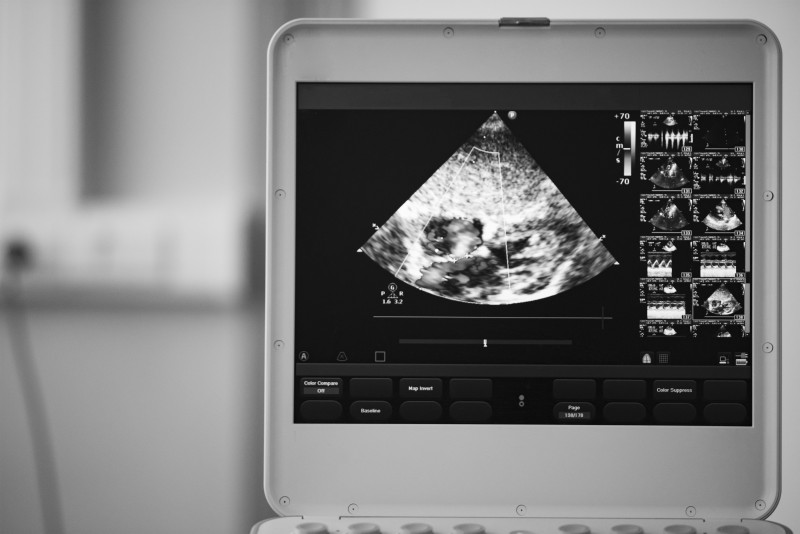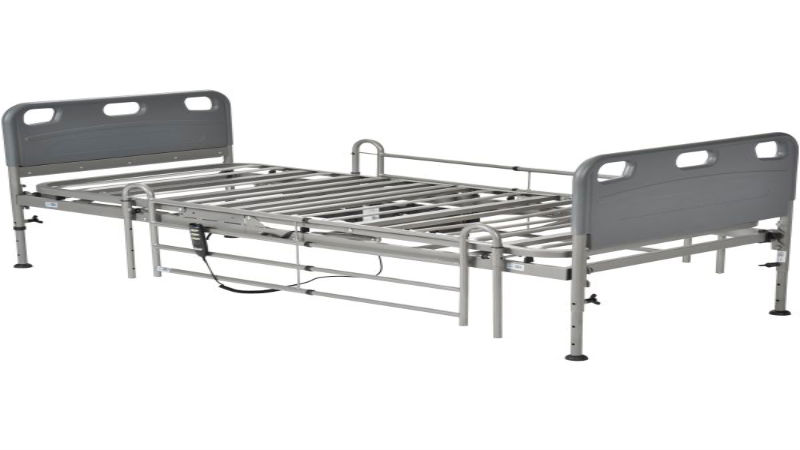Chlorine is present in medical labs and in swimming pools. Chlorine concentrations are of various levels in these environments. They may range from 0.1 parts per million (ppm) to 3 ppm. As a primary disinfectant, it is important to measure the amounts ensuring the chlorine remains at the correct sanitizing levels for the application. An effective means of doing so is by using chlorine test strips. They are easy to use and can detect the different types of chlorine in use
Three Types of Chlorine
Chlorine presents three types:
- Free or residual chlorine: The most common form of disinfectant
- Combined chlorine (chloramines): The result when free chlorine reacts in water with other compounds
- Total chlorine: As the name indicates, this is the combination of both free and combined chlorine
Test strips test for the presence of free chlorine and chloramines. They also easily determine free chlorine with less interferences. Test strips also register higher testing ranges than other methods can for both free and total chlorine.
Test Strips
The test strip is a simple and easy method to detect the presence and levels of chlorine. The tester dips the chlorine test strips into the water. He or she then places the wet strips in a color comparator. The tester then compares the color of the sample to the colors in the provided color chart or sidebar. Each color of the chart indicates a specific concentration of the chemical. A comparison of the sample to the colors provides the tester with the desired information on its chlorine levels. The tester then uses the information from this reading to determine if the water is safe or needs adjustments.
Chlorine Test Strips
While other measurement devices do exist, including OTO (orthotoluidine) and DPD (N,N-diethyl-paraphenylenediamine) chlorine test strips are a popular method. They are easy to use and accurate. They are also portable and affordable – two desirable qualities when in the field.


